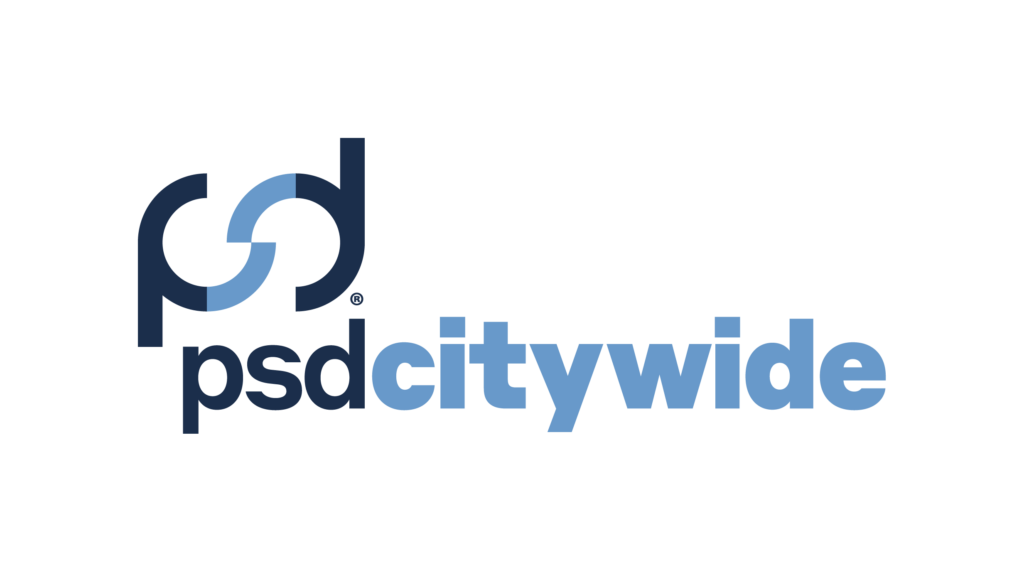By Jerad Weiner
The San Francisco Municipal Transportation Agency (SFMTA) is responsible for the most modally diverse transit system in the country as well as the management of all ground transportation for the City and County of San Francisco. SFMTA’s Vision is to provide excellent transportation choices. The SFMTA oversees the Municipal Railway (Muni) public transit system, as well as bicycling, paratransit, parking, traffic, walking and taxis. The Muni fleet is made up of hybrid-electric motorcoaches, trolley-coaches, historic streetcars, cable cars, and light rail vehicles. These transportation options are packed into a city of approximately 46 square miles with a population of 880,000 residents. The SFMTA maintains nearly $15B in infrastructure assets with an average $1.3B annual budget.
Formal asset management practice at SFMTA began with the development of the first capital asset inventory in 2009. This effort defined key asset classes and collected and identified roughly 3000 key pieces of infrastructure. Staff used this inventory to track and report on the condition of the infrastructure portfolio as well as document investment levels for each asset class. This established a baseline for the Agency to monitor the state of its assets and was a condition of receiving Federal Transit Administration (FTA) funds for the construction of a new subway line. SFMTA has updated the asset inventory and completed the State of Good Repair Report on an annual basis, which was historically the responsibility of the Agency’s Long Range Planning Unit of the Planning Subdivision.
In 2012, SFMTA published its first State of Good Repair Report, formalizing this reporting process. This report represented the first step in documenting trends over time related to asset class condition, modeling future needs based on information in the asset inventory, and tracking the investments made in the State of Good Repair Report related projects. During this time, the Agency and the City of San Francisco were experiencing a boom in the local economy and a wave of new residents flocking to the City. While the level of investment in the State of Good Repair Report was steadily increasing to meet our targets, the need for expansion was prioritized to meet the increasing demand.
In approaching the development of the Agency’s first Transportation Asset Management plan it was clear that the Long Range Planning Unit would need to expand their reach in the agency and stitch together processes related to budget development, performance, and operations.
Informed by the State of Good Repair Report, the Long Range Planning Unit documented these needs in the Agency’s 20-Year Capital Plan. The Capital Plan is a fiscally unconstrained document, updated every two years, that captures the capital needs across the Agency’s 10 capital programs. The Agency’s 20- Year Capital Plan is the foundation for the fiscally constrained 5-Year Capital Improvement Program and the 2-Year Capital Budget. The 20-Year Capital Plan unconstrained needs grew from $21B in 2015 to $30B in 2019, illustrating the growing need for expansion and renewal of investments in the system.
The asset management activities performed by the Long Range Planning Unit helped add detail and supported the case for renewal and State of Good Repair needs. The asset inventory analysis allowed for Capital Program managers to fully understand the long-range needs associated with their asset portfolios. However, the challenge for the Long Range Planning staff was to be able to translate the message they were presenting in the State of Good Repair Report, into action when the Capital Program Managers developed their list of projects for the Capital Improvement Program. For many of the Capital Program Managers, the fiscally constrained 5 Year Capital Improvement Program was the focus of their planning activities because this was the step in the planning process where funding was defined, and projects felt “real.” It was difficult to broaden the attention of the Capital Program Managers beyond the 5 year time horizon.
In 2016, the FTA released the Transit Asset Management Final Rule which required recipients of federal funds to establish asset management systems to monitor and manage public transit assets to improve safety and increase reliability and performance. SFMTA’s already established capital inventory and annual State of Good Repair Report gave the Agency a head-start in complying with the federal rule, however, the development of the Asset Management Plan and other requirements expanded the role of the staff in the Long Range Planning section. The work moved beyond reporting and analysis, to a much larger scope of broader Agency culture change around understanding lifecycle costs and how decisions are made.
In approaching the development of the Agency’s first Transportation Asset Management Plan it was clear that the Long Range Planning Unit would need to expand their reach in the agency and stitch together processes related to budget development, performance, and operations. A successful first step was the establishment of the Asset Management Working Group. Staff used this forum to coordinate across divisions, to discuss the current state of each division’s asset management practices, share challenges, and discuss broader agency issues. Each business unit had historically operated within their own divisions and rarely had the opportunity to interact with staff in other parts of the organization.
Early on, the working group identified the need for the Agency to better capture the voice of operations and maintenance staff in broader budget decisions and planning. In a booming economy, it’s easy for organizations to focus on expansion without fully accounting for lifecycle operating and maintenance costs that come with new projects.
As SFMTA continued to work towards the 2018 Asset Management Plan, a requirement of the FTA Final Rule, it was clear that Asset Management needed to be closer to the budget process and more involved in the discussions involving investment decisions. The implementation of asset management at the Agency needed to evolve from being perceived as a planning exercise to a core, functional operationalized activity.
In 2018, the Asset Management program moved from the Long Range Planning Section and into the Budget, Financial Planning and Analysis section in the Finance and Information Technology Division. This move was paired with resourcing the Asset Management program with dedicated staff to create an Asset Management Unit which was a critical step to ensure that staff became subject matter experts in asset management and established a level of credibility within the Agency. Previously, staff assigned with asset management roles were seen as capital planners or budget staff with some experience in asset management.
Asset Management
The SFMTA’s first Transportation Asset Management Plan was published in 2018 and the 10-Year Asset Management Strategy was published the following year which outlined specific action items to advance implementation of asset management in the Agency. Among the first actions to be implemented was the inclusion of dedicated funding in our Capital Improvement Program for Condition Assessments for each Capital Program portfolio. This allowed the Asset Management Unit to move beyond theoretical discussion with Capital Program staff about the state of their assets and utilize the funding to fill data gaps so the Program Managers could make more informed decisions across their portfolio.
During the development of the fiscal year 2021-2022 budget in the winter of 2019, the Agency was facing a structural budget deficit where operating costs outpaced projected revenue and the Agency would require a larger transfer from the City’s general fund in order to balance the budget. The Asset Management Unit supported this process by clearly stating the issues around the increased need to invest in State of Good Repair of the agency’s existing network to reduce future costs and to properly resource operations to maintain the network.
Today, Asset Management is involved in redefining the Capital Planning process to integrate capital project impacts on operations and lifecycle costs into the project initiation phase. The fiscal year 2021-2022 was the first year the Agency produced a consolidated budget that presented both capital and operating revenues and expenses within one document. The Asset Management Unit is coordinating with budget, capital program, and division operating staff to ensure that everyone’s voice is heard during the budget development process. The Asset Management Unit continues to provide detailed asset class analysis to decision-makers so they can understand the tradeoffs and future impacts of their funding choices.
San Francisco’s COVID-19 shelter-in-place was issued around the time when the SFMTA budget was being finalized and approved by the Board of Directors. The resulting decline in ridership and revenue has greatly impacted the Agency’s fiscal outlook. Like many transit agencies across North America, SFMTA is facing serious questions about what the future of the transportation network will look like, how much service will be delivered and what services will need to be cut. The Asset Management Unit will continue to connect the dots between operating and capital needs, performance, and the Agency’s evolving strategic focus to support the hard decisions that SFMTA’s leadership will need to make to navigate this crisis. As the Asset Management Unit continues to implement practices across the agency, the focus on understanding lifecycle costs and performance will ensure that the Agency recovers in a way that is operationally sustainable and realizes excellent transportation choices for San Francisco.
JERAD WEINER is the Manager of the Asset Management Unit at the San Francisco Municipal Transportation Agency. He has over 12 years of public service experience in the fields of Transportation, Public Works, and Urban Forestry. He specializes in Strategic Capital Planning, Contract Management, and Performance and Analysis. He has a master’s in urban planning and policy from the University of Illinois in Chicago.



